thyssenkrupp Steel reported urgent measures are needed to achieve a competitive cost level by increasing its own productivity and operating efficiency. The document on the key issues is to be elaborated in discussions with supervisory bodies and employee representatives in the coming weeks. Furthermore, the EP Group, which owns a 20% stake in thyssenkrupp AG and thyssenkrupp Steel, expressed its support.
The reducing production capacities are to be reduced from the current 11.5 million metric tons to a future target deployment level of 8.7 to 9 million metric tons, according to thyssenkrupp Steel's key points report. It is stated that this decision enables capacities to be adapted to future market expectations in line with market conditions.
The advantages of an integrated metallurgical network remain intact. The separation from Hüttenwerke Krupp Mannesmann (HKM) is an important element in the necessary capacity reduction. The shares in HKM intended to be sold, but if a sale is not possible, thyssenkrupp Steel stated that it would enter into discussions with other shareholders on mutually acceptable closure scenarios.
The two Duisburg blast furnaces 8 and 9 are to be replaced by the DR plant and two innovative melters with a total shipment capacity of 2.2 million metric tons per year by 2030, while the processing plant in Kreuztal-Eichen announced to be closed.
The implementation of the presented key points paper is emphasized to be accompanied by a significant reduction in jobs and a further reduction in personnel-related costs. The adjustments to the Group production network and the simplification of administration are set to lead to the dismissal of 5,000 jobs by 2030. Furthermore, the transfer of 6,000 jobs to external service providers or the sale of business activities is planned. Personnel costs are expected to be reduced by 10% in the coming years, bringing them down to a competitive level.
thyssenkrupp Steel CEO Dennis Grimm: "Comprehensive optimisation and streamlining of our production network and processes is necessary to make us fit for the future. We are aware that this path will demand a great deal from many people."
Marie Jaroni, Chief Transformation Officer of thyssenkrupp Steel, emphasizes that a strategic and long-term structural realignment makes thyssenkrupp Steel fit for the future in the long term also made important statements on the matter: "In terms of operational efficiency and profitability, we still have some catching up to do in key competitive areas. We need to close these gaps if we want to look forward to a positive future. This is all the more important because we want to drive forward the green transformation systematically. It is indispensable and will replace the previous coal-based business model in the long term. Implementation of the concept presented today will be decisive for our competitiveness, and therefore for our future."
Independence and implementation of the future plan includes the process of independentizing thyssenkrupp AG's steel business. 20% of the shares in thyssenkrupp Steel are sold to the Czech EP Group with the aim of increasing the stake to 50%. It is reported that the key points document was also submitted as a key precondition for an adequate and permanent business plan as well as for the IDW S6 restructuring expert report.


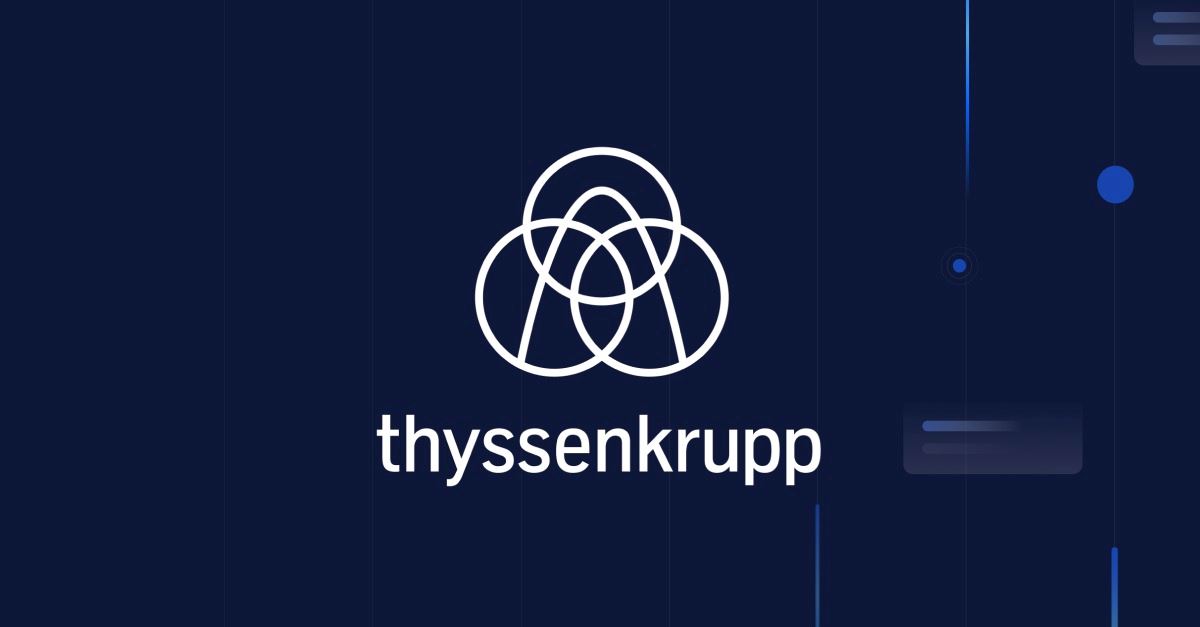


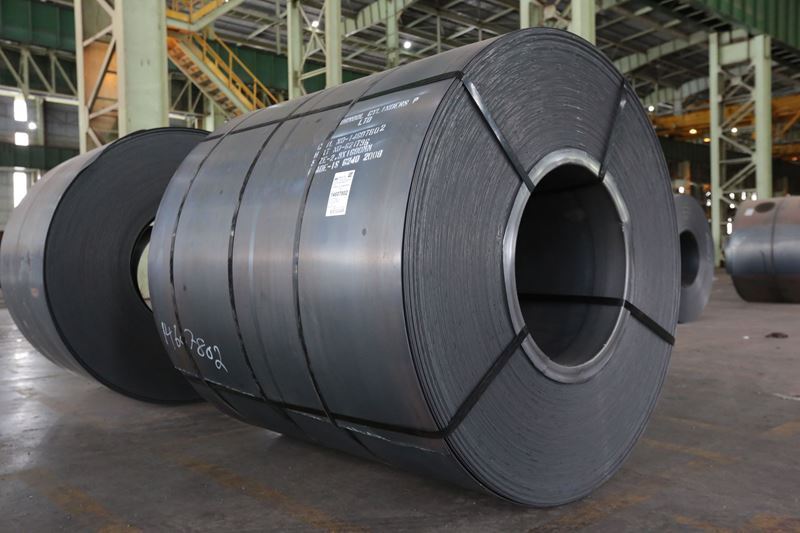
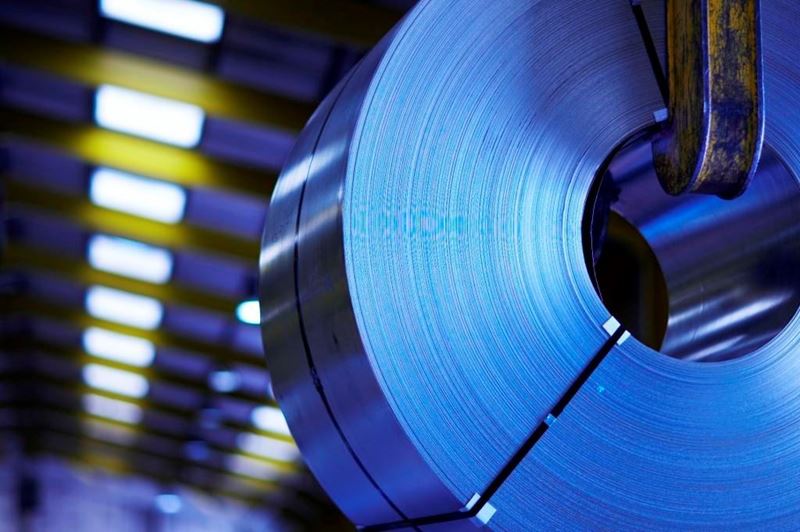
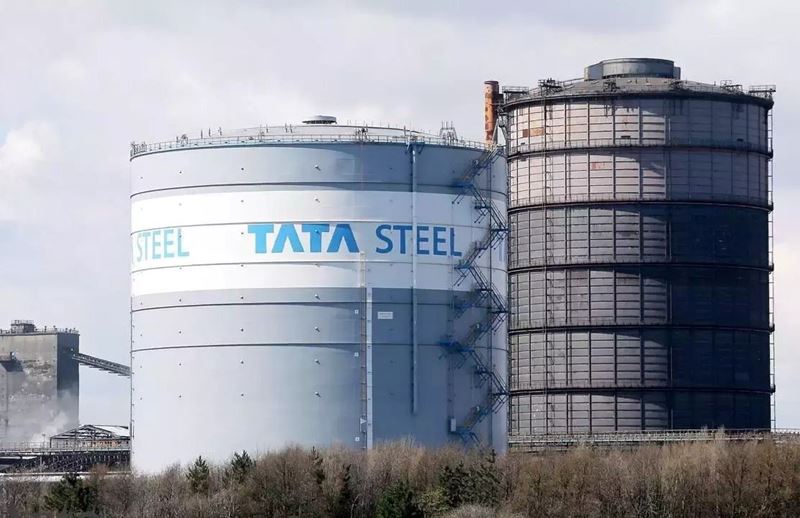
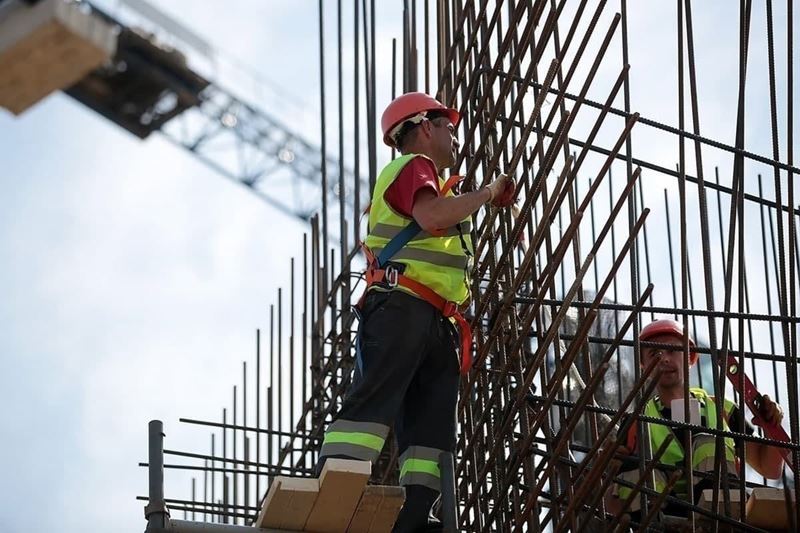
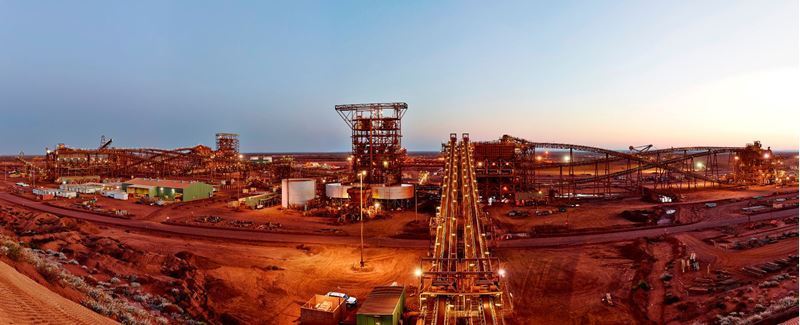

Comments
No comment yet.